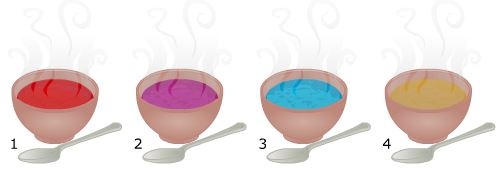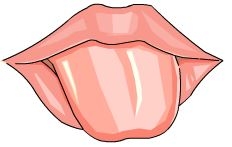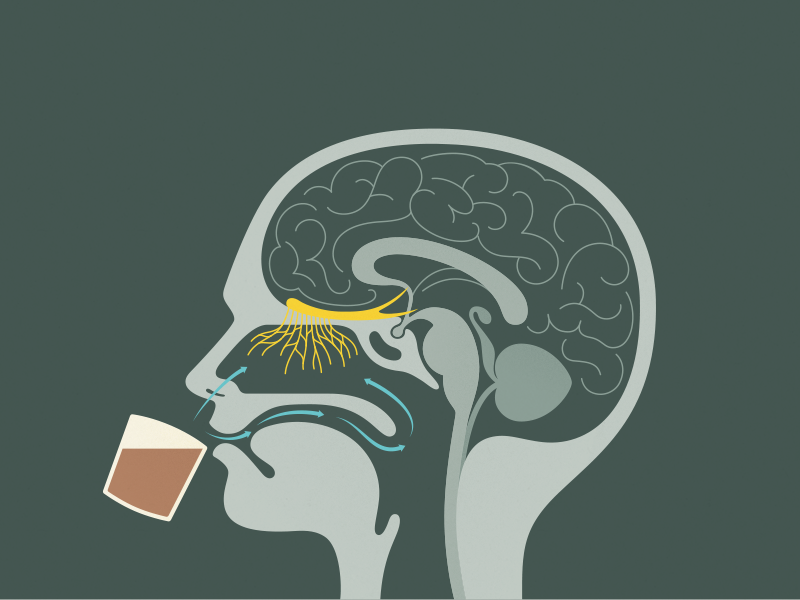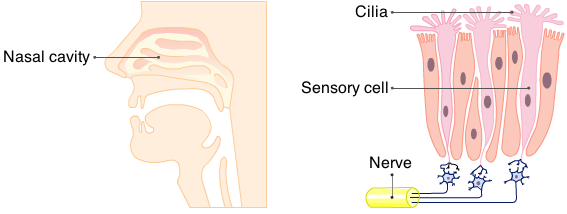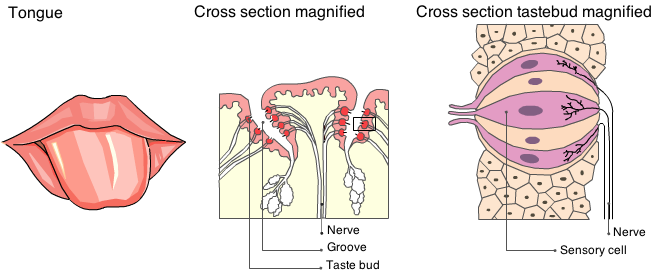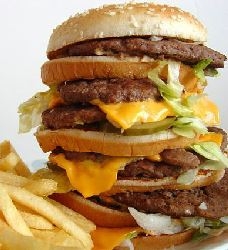Het arrangement Senses (vertaling stercollectie) is gemaakt met Wikiwijs van Kennisnet. Wikiwijs is hét onderwijsplatform waar je leermiddelen zoekt, maakt en deelt.
- Auteur
- Laatst gewijzigd
- 2017-03-16 14:49:54
- Licentie
-
Dit lesmateriaal is gepubliceerd onder de Creative Commons Naamsvermelding-GelijkDelen 3.0 Nederland licentie. Dit houdt in dat je onder de voorwaarde van naamsvermelding en publicatie onder dezelfde licentie vrij bent om:
- het werk te delen - te kopiëren, te verspreiden en door te geven via elk medium of bestandsformaat
- het werk te bewerken - te remixen, te veranderen en afgeleide werken te maken
- voor alle doeleinden, inclusief commerciële doeleinden.
Meer informatie over de CC Naamsvermelding-GelijkDelen 3.0 Nederland licentie.
Aanvullende informatie over dit lesmateriaal
Van dit lesmateriaal is de volgende aanvullende informatie beschikbaar:
- Leerniveau
- VMBO gemengde leerweg, 2; VMBO theoretische leerweg, 2;
- Leerinhoud en doelen
- Biologie;
- Eindgebruiker
- leerling/student
- Moeilijkheidsgraad
- gemiddeld
Bronnen
| Bron | Type |
|---|---|
|
Josh's story https://youtu.be/aBsYy4woSwg |
Video |
|
https://youtu.be/h6-evXswaQs https://youtu.be/h6-evXswaQs |
Video |
|
Pupillary reflex in a human https://youtu.be/NfdVolZTs9Q |
Video |
|
Papillary reflex in the W-shaped pupil of the cuttlefish http://commons.wikimedia.org/wiki/File:Sepia_eyelid_shape.theora.ogv?embedplayer=yes |
Video |
|
Commercial Acupunctuur (2006) - Even Apeldoorn bellen - Centraal Beheer https://youtu.be/D5iu8u0aVWs |
Video |
|
A day in the life of Chris Wright https://youtu.be/5EWFABp1ROk |
Video |
|
Concert for the Deaf https://youtu.be/kvIpVSA81Bw |
Video |
|
How your ears work https://youtu.be/HMXoHKwWmU8 |
Video |
|
How the ear works https://youtu.be/qgdqp-oPb1Q |
Video |
|
The smallest fox with the biggest ears! - Super cute animals: Preview - BBC one https://youtu.be/HCsklFdWGAI |
Video |
|
Earwax removal https://youtu.be/7lt4p2Btvd4 |
Video |
|
Tubes in your ear https://youtu.be/2JBLMEi2UfA |
Video |
|
How does ear pressure work? https://youtu.be/XctwiScoorM |
Video |
|
https://youtu.be/2rhRo73F324 https://youtu.be/2rhRo73F324 |
Video |
Gebruikte Wikiwijs Arrangementen
GG, Mens en natuur. (z.d.).
Learning goal concept



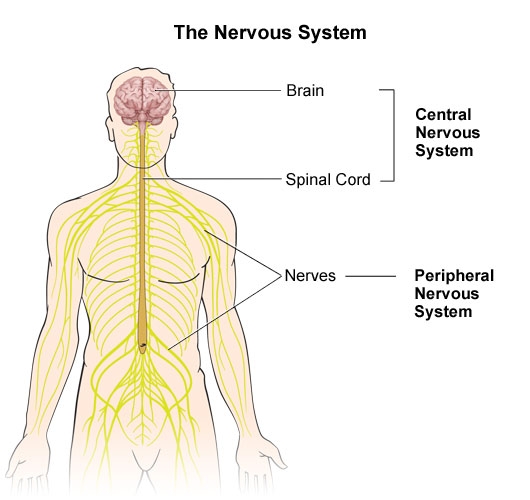

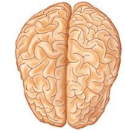
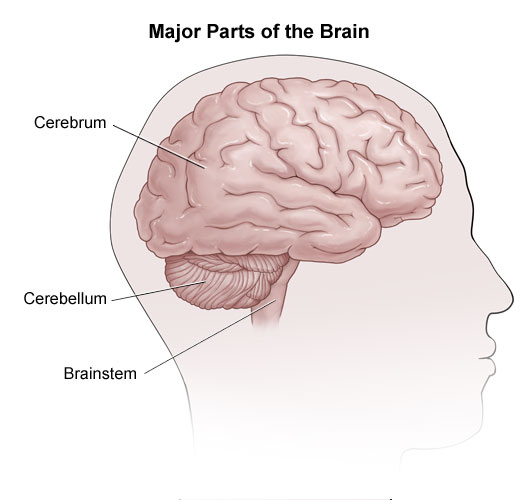
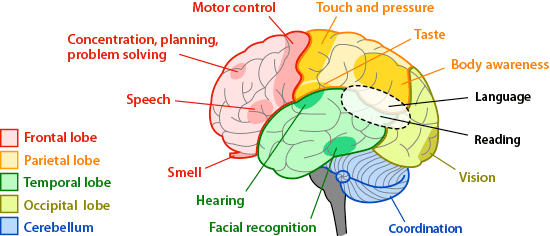

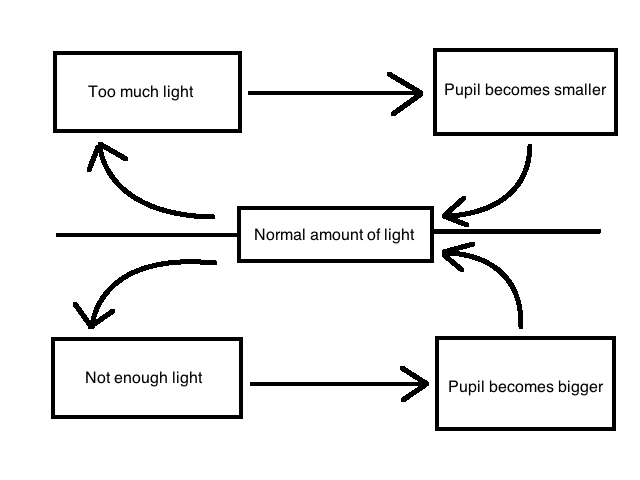

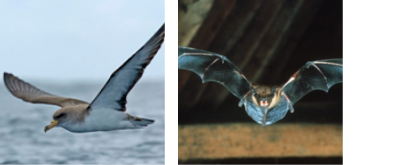


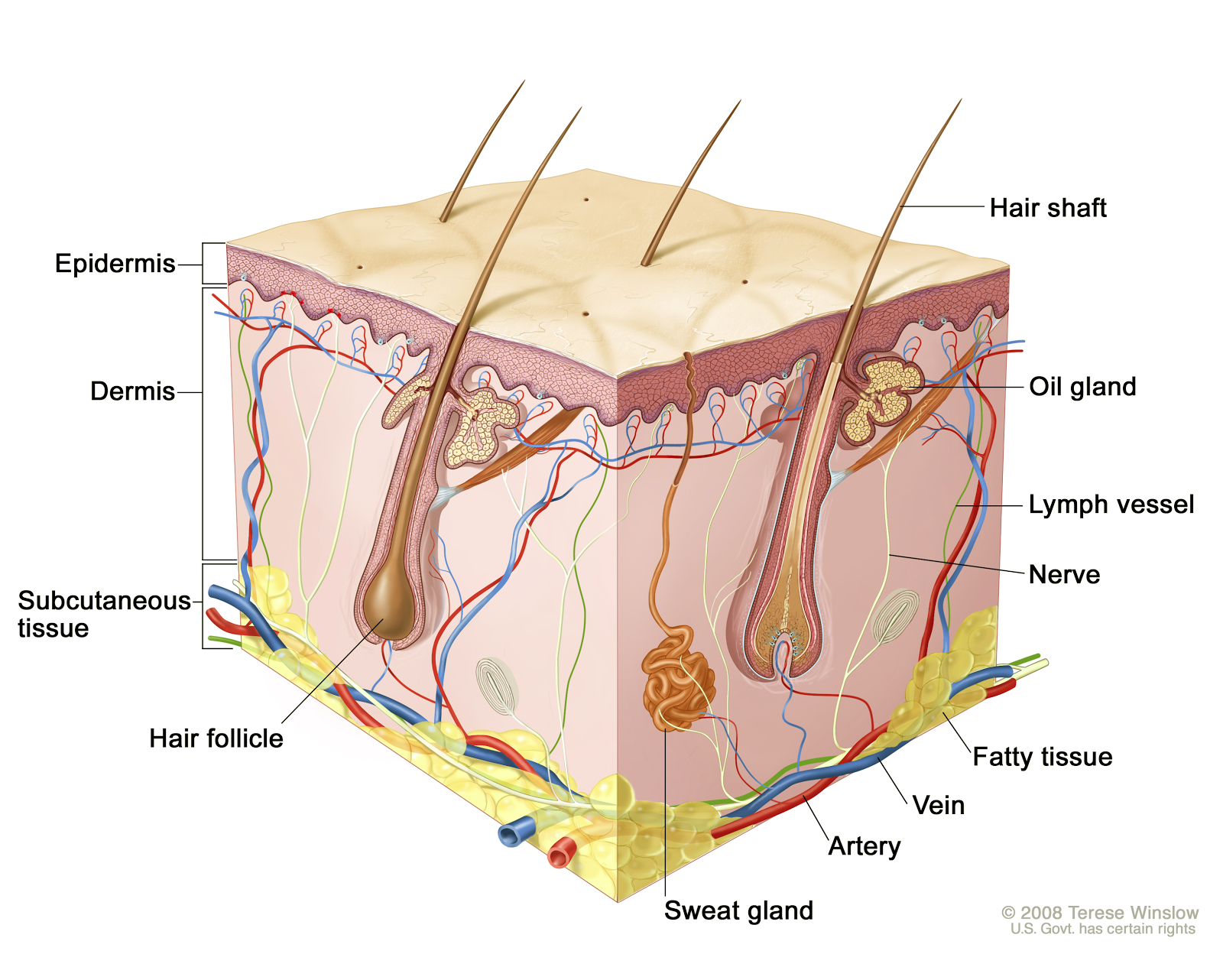
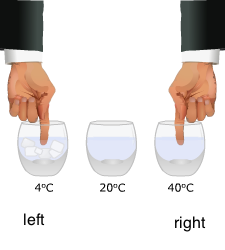

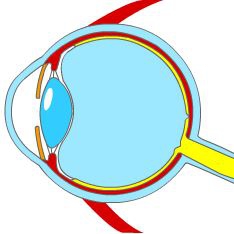
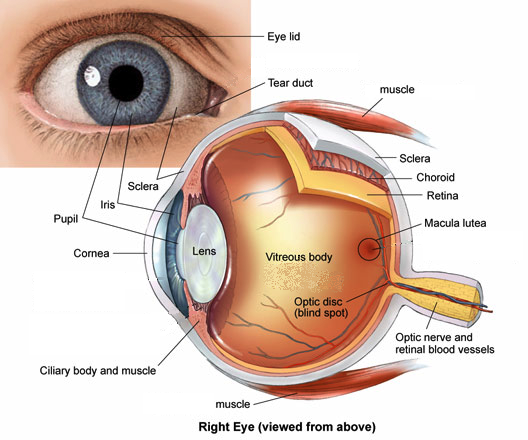
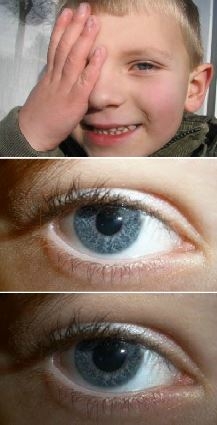
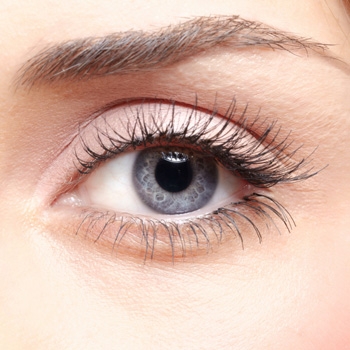
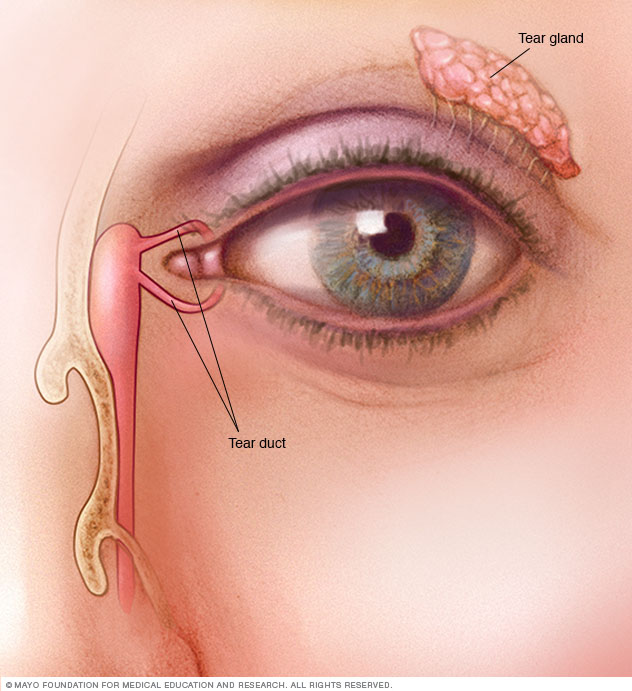
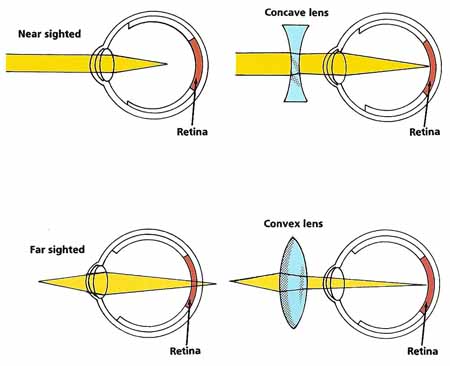
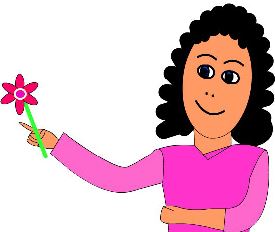
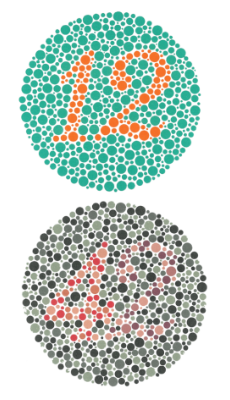
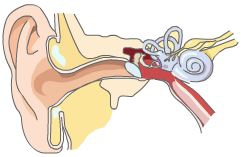
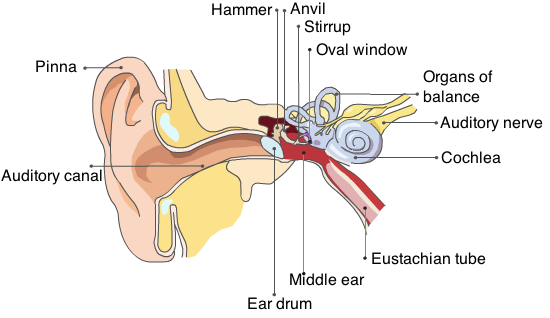

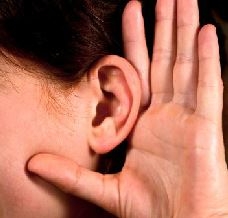
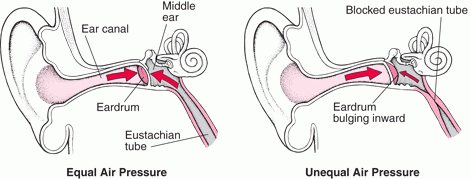
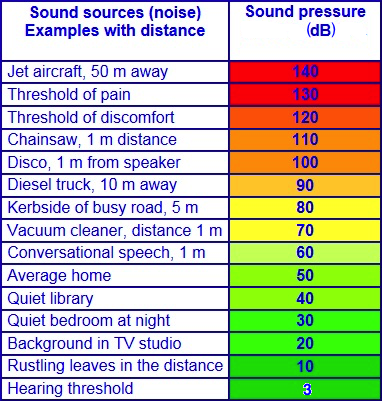
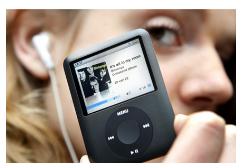 Playing loud music through earphones can be damaging to your ears.
Playing loud music through earphones can be damaging to your ears.